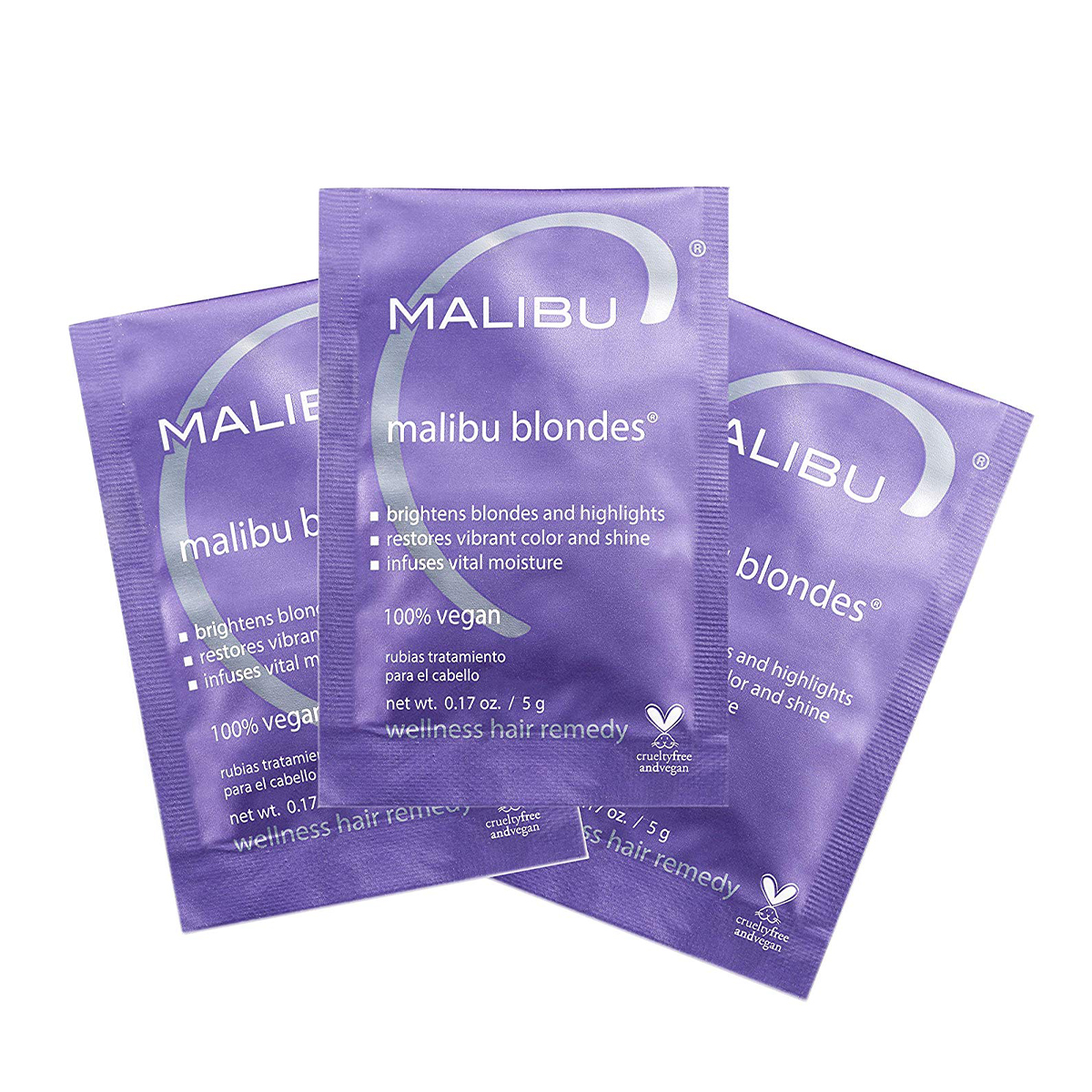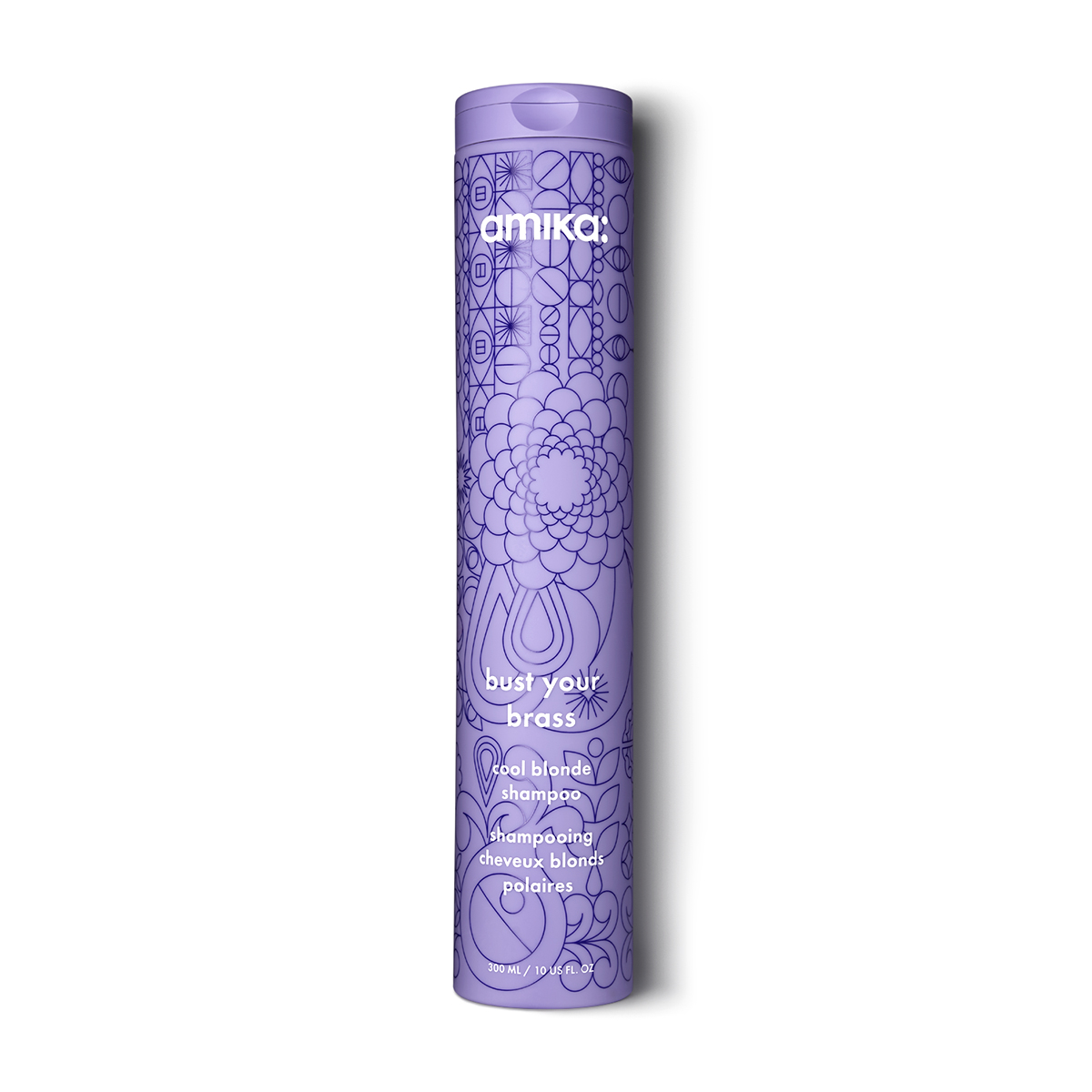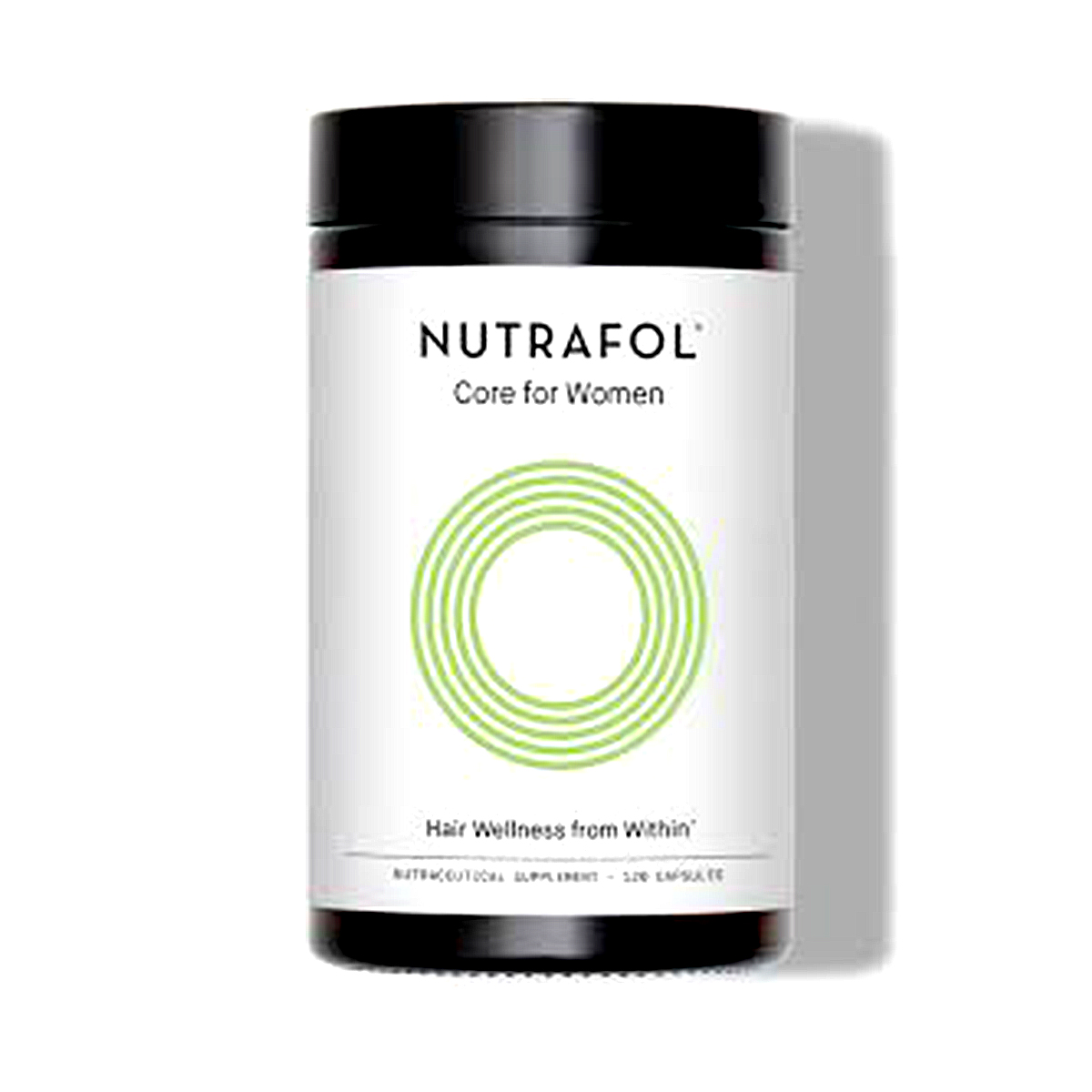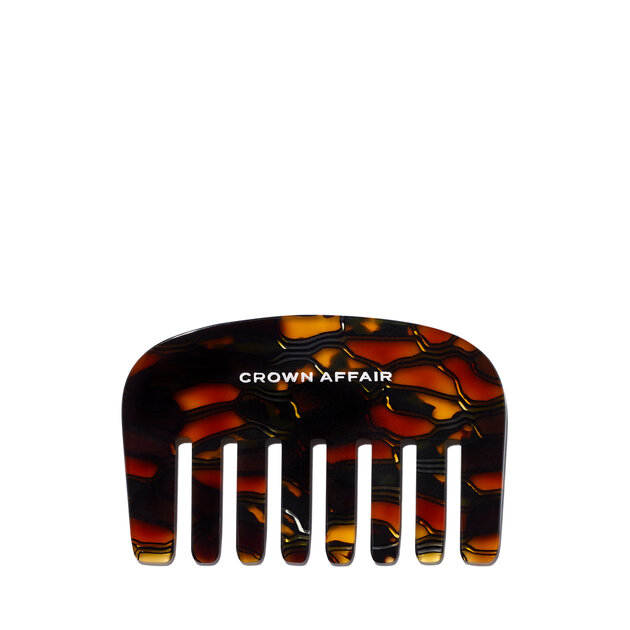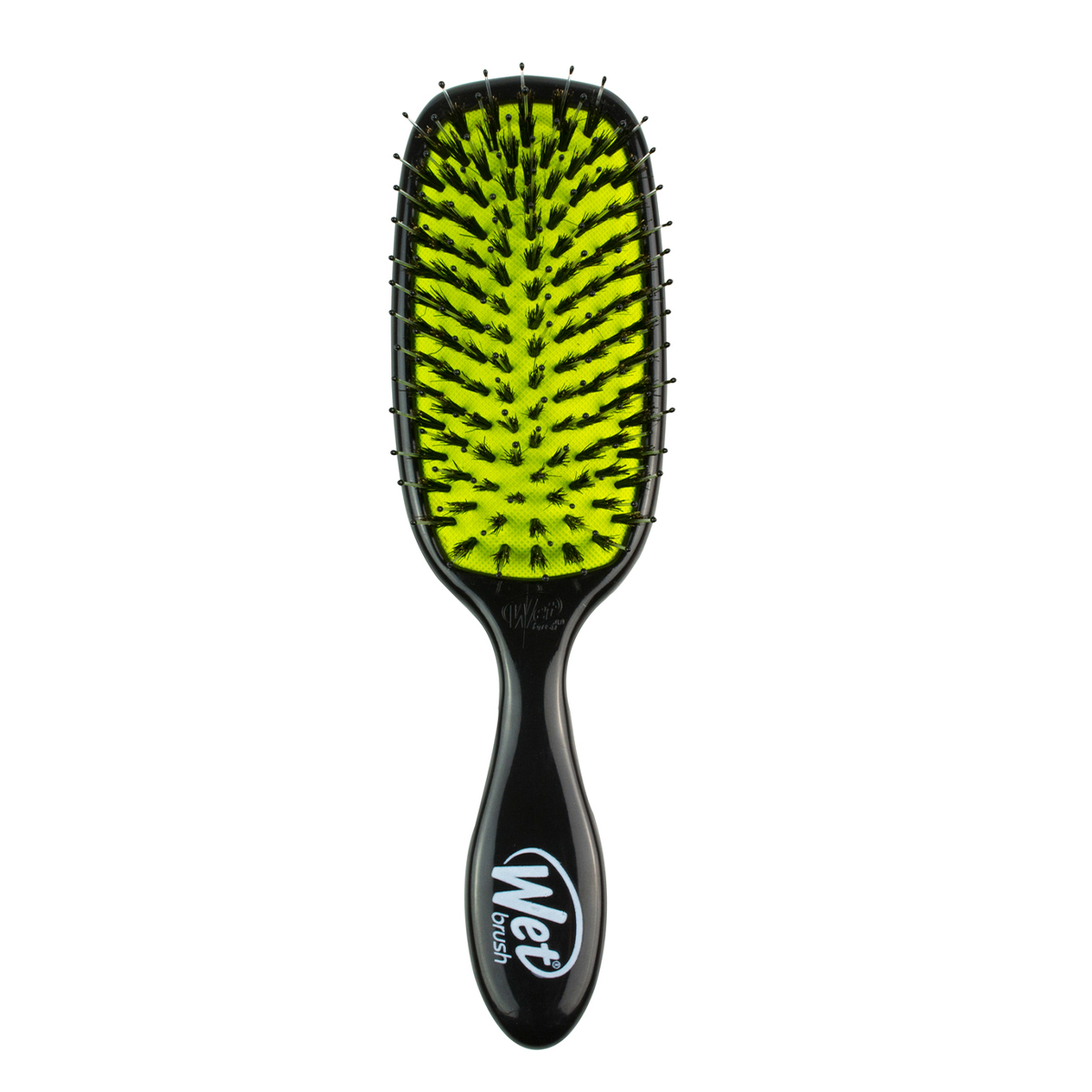I've Been Bleaching My Hair for 18 Years—Here's How I Still Have Hair on My Head
Hello, my name is Erin Jahns, and I bleach the hell out of my hair. It's been going on for 19 years (I'm 29, and my first-ever color job was in fifth grade), and despite the amount of turmoil my strands have endured, I plan on being as blonde as physically possible until my dying day. Or, at least, until my hair goes white—we'll see what happens first.
But first, some context. As a baby and through most of grade school, I was as blonde as blonde could be. Of course, at the time, I couldn't have cared less about the color of my hair, and if anything, I probably wanted blue, glitter-streaked highlights like the Spice Girls or edgy black lowlights à la Christina. The only reason I begged for highlights when I reached the fifth grade was that I thought I'd look "glamorous" (lol), and it's what all the cool girls were doing. So naturally, I begged my mom and dad for an appointment until my mom finally acquiesced and brought me along to her next salon appointment.
Peroxide zebra stripes were my first foray into the world of fake blonde hair, and from that day onward, I never went back. As I got older, my natural baby blonde turned into dirty dishwater, thus my foiling sessions became increasingly regular and increasingly hard on my hair. By the end of high school, I was asking colorists for full bleach and tones (so I was 100% bleached versus just heavily highlighted), and by the time I got to college, it's fair to say my hair was in a legitimately sorry state. Not horrible, but on the brink of disaster if I wasn't ultra careful with how I cared for and treated it. Am I doing a good job of foreshadowing my impending hair doom?
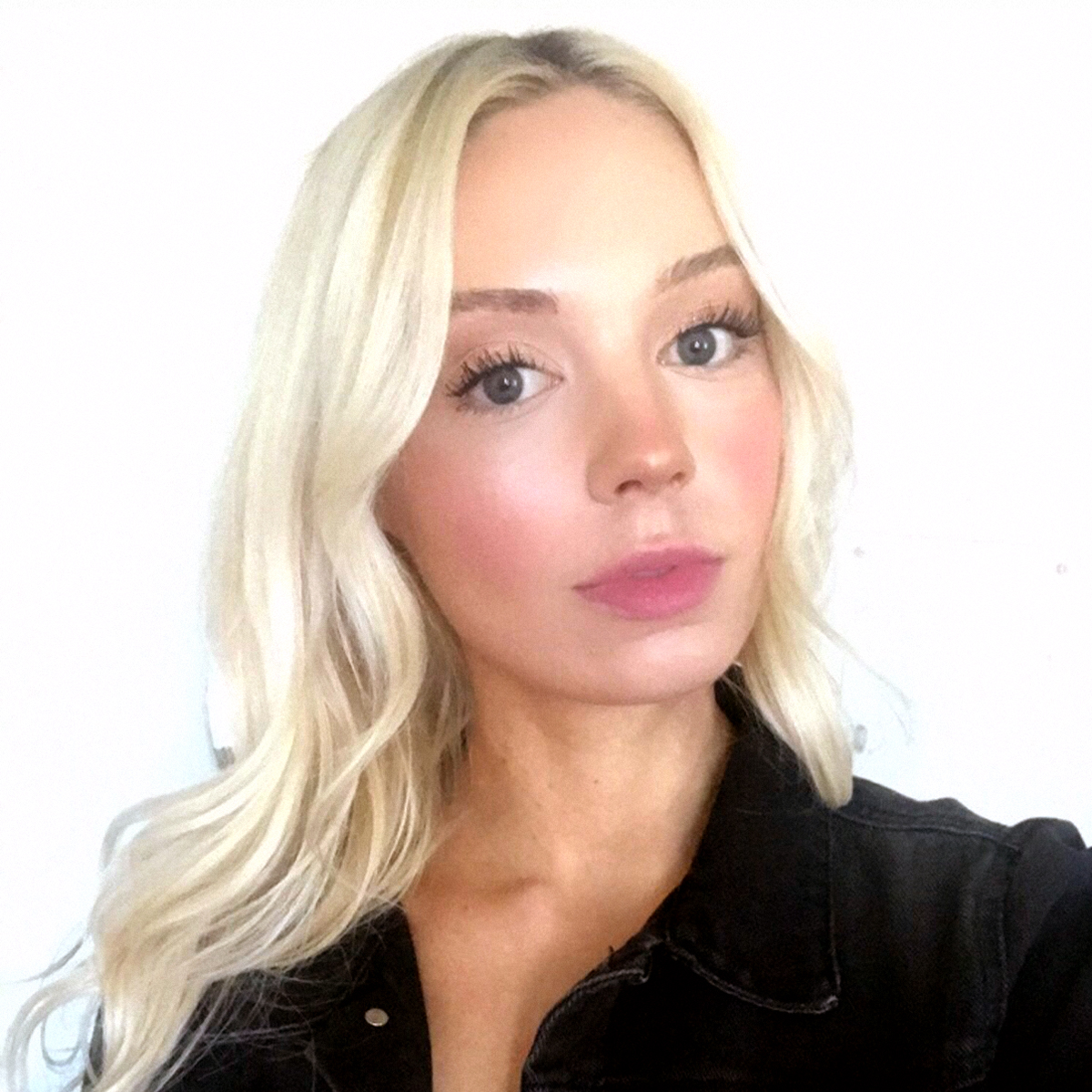
Most people, at some point in their life, will have some kind of hair disaster. And while I had hoped I'd gotten mine out of the way in 1997 when my sister took me for a bowl cut at Kid's Hair, I wasn't so lucky. During my sophomore year of college, I experienced what my family, friends, and I refer to as "The Bleach Apocolypse of 2013." After receiving a full head of highlights at a highly regarded salon in Minneapolis (where I'm from), I was left completely unhappy with the color. The end result was an ashy, mouse-like shade of brown with weird tones of blue and purple (probably from some kind of toning mishap), and I was beyond confused about how the colorist had managed to stray so far from the bright, buttery-white blonde I'd always been.
In a panic (and because I had spent over $300 for said color), I begged her for options as to how she could fix it immediately. In hindsight, I should have sucked it up and sought out a different professional at another salon weeks later, but I had worked myself into a state and was completely desperate for an immediate solution. Also panicked (and a tad annoyed), the colorist told me the only way she could transform me into the bright blonde I wanted was to re-bleach over all of the highlights she had just foiled. (If you're cringing, you should be—that's legitimately the worst thing you can do to freshly weakened, colored hair, and her right to color hair should be revoked.) But, as I said, I panicked and immediately accepted her offer even though she should have known better, apologized, and sent me home.
Fast-forward about one and a half hours later, and I was sitting in my car, bawling my eyes out with a wet, tangled, bleached-off disaster on top of my head. The bleaching was an entirely horrible idea and as the colorist washed my hair and attempted to comb through it, I watched in terror as fists of hair quite literally fell off my head. I know it might sound silly, and there are certainly larger world issues than a bleached hair disaster. At the time, I truly thought I would have to shave my head, and as much as I admire stars like Joey King, Charlize Theron, and Natalie Portman, I'm not an actress, and I don't have the cheekbones.
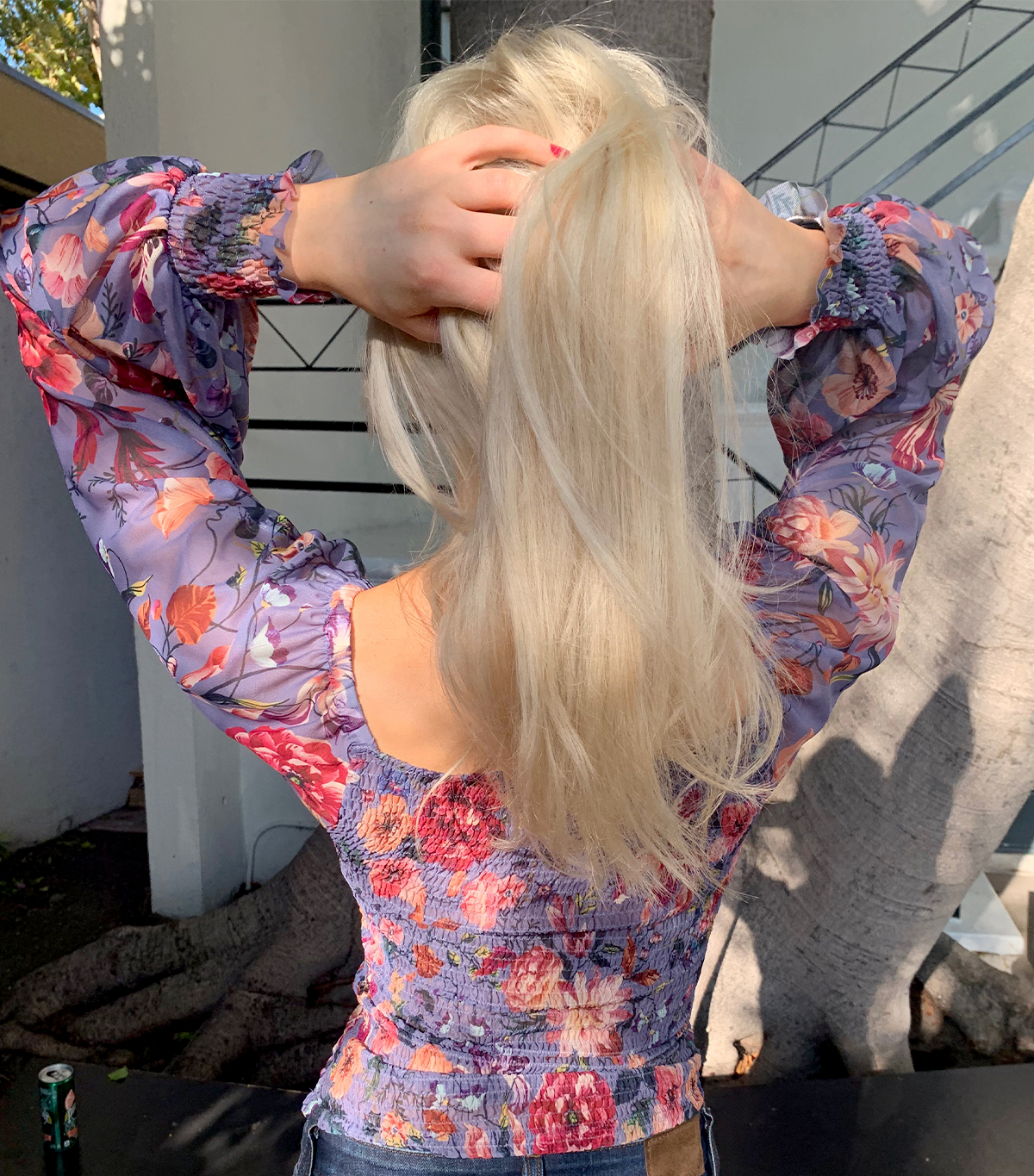
Of course, the trials and tribulations I faced post-apocalypse are long and detailed enough for a novel, but long story short, I was, in the end, able to salvage my blonde hair despite the epic proportion of damage. I poured hours and hours into research, babysitting check after babysitting check into rehabilitation products, and even more hours and babysitting checks at a different salon, getting trims, treatments, and consistent TLC. (The morning after the disaster I went to an Aveda salon where—I kid you not—I became a staff project and am still remembered to this day.)
It took about three years for my hair to bounce back, and up until five years ago—right around when I moved to L.A. to become a beauty editor—I was convinced my hair would never be the same. I still struggled to grow it out, and even though I had cut back on my highlight appointments (I think I went at least six months without getting so much as close to heat or peroxide post-trauma), colorists never seemed to get the tone right and my hair perpetually felt like straw.
Until, that is, I met my two fairy hair godparents, celebrity hairstylist Cervando Maldonado and celebrity colorist Cassondra Kaeding. I met Cervando week one of my job as assistant beauty editor for Byrdie, and (bless him to infinity) he's taken me under his wing and helped bring my hair to health and lengths I never thought possible as a blonde. He's the only one I've let touch my hair, style- and cut-wise, since arriving in L.A., and I credit his amazing snipping genius and practical hair tips (get yourself avocado or coconut oil and apply it to your ends as much as possible) for reviving my hair over the past two years.
That said, even though my cut and length were on the right track, I was still consistently frustrated with my color (even in as star-studded of a town as L.A.), and it wasn't until Maldonado introduced me to Kaeding, that I truly felt I had found my long-lost color soulmate. I've met countless celebrity colorists thanks to my day job, but Kaeding is one of the most sought-after colorists in the industry right now, and she's also a complete and utter perfectionist when it comes to her art, technique, and reputation as a colorist. In short, she's the only kind of person you want to entrust your fragile hair with.
Unlike that colorist back in 2013, Kaeding actually told me she wouldn't touch my hair with any kind of color during our initial appointment (she's all about integrity and refuses to administer any risky behavior that could weaken or damage susceptible strands) and despite my disappointment, I waited an additional three weeks on top of the 10 I'd already waited so she could wield her magic. And, wield she did. Not only did Kaeding give me the best blonde hair job of my entire 29 years, but she also kept literally every single hair on my head. My strands have never been so long or so blonde, and everyone I see and talk to (even other celebrity hairstylists and colorists) are truly in awe of how healthy my hair is despite how bleached it is. Kaeding is talented enough to create an enigma out of me, and I couldn't be more grateful.
To celebrate, and because I get so, SO many DMs and questions about how to fix bleached hair, I'm using my own experience as a forever blonde (I refer to myself as an unofficial official color expert) and Kaeding's legitimate expertise to provide a complete—and hopefully helpful—guide for blonde haircare below. Ahead, all of our combined best tips for how to care for and fix bleached, post-apocalyptic blonde hair. Keep scrolling!
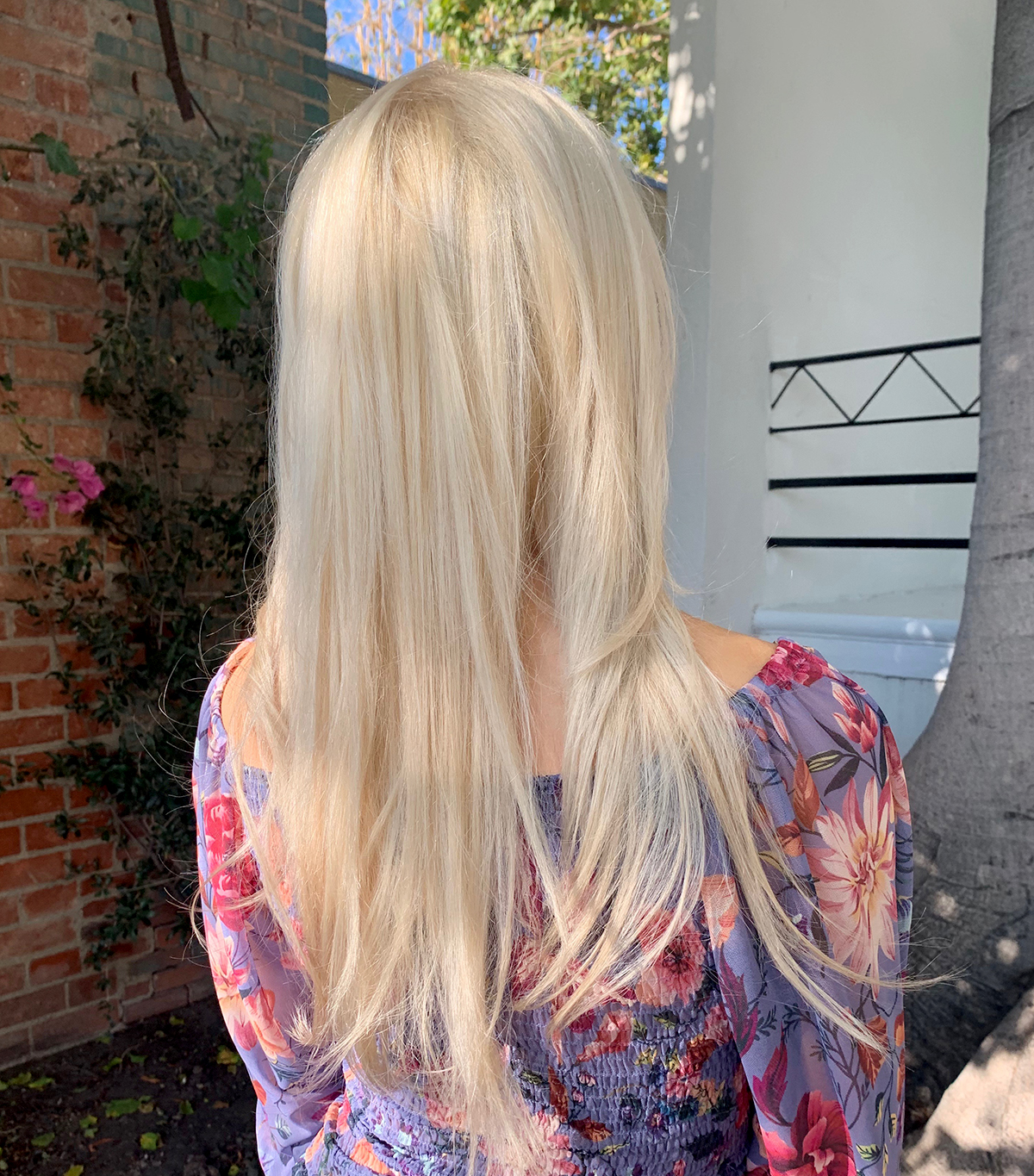
Tip #1: Haircuts Are More Important Than You Think They Are
The very first order of business post-bleach-apocalypse back in 2013 was a haircut. The stylist I saw said that although they would give me a protein and moisture treatment to help stop the immediate breakage (my hair kept falling and falling), I would continue to shed, so the best thing I could do was to part with as much length as I could emotionally handle. Not only would the cut help even out the look of my hair, it would also help prevent further splits and snaps. At the time, he chopped my boob-length hair to my collarbones, and I was diligent about coming into the salon for trims every month or two.
Years later, my cadence is every three months or so, and I make sure to see the same stylist (Maldonado) who knows my hair's history and my goals for length and thickness. My hair has never been so long or as thick, and I attribute that in part to my consistency with trims—even if it's just a dusting off the ends prior to a coloring appointment (which Kaeding always recommends pre-bleach).
Tip #2: Always Schedule a Consultation Pre-Bleaching
Please learn from my mistake here, and before you go in for color with a new professional, stop by the salon for a consultation. Not only will you get a feel for the colorist and see their other clients' hair, you'll also be able to make a game plan with them to ensure you get the exact color you want without sacrificing the health of your hair. As I mentioned above, the first time I was booked to see Kaeding, I was scheduled for an allover highlight, but when I went in to see her, she had me go home and grow out my hair for another three weeks and said I'd be better off getting a bleach and tone rather than highlights considering how blonde I wanted to be and how inconsistent I'd been with different colorists since being in L.A.
"We decided to take the bleach and tone approach because during our consult you expressed that the color hadn't been quite right," she explains. "There were some gold undertones you weren't fond of that needed to be eliminated, and your hair was in good enough condition. I knew that I would be able to go through, take my time, and get you to the desired bright blonde you have always wanted!"
Tip #3: Find a Colorist You Trust
Again, please learn from my deadly error, and do a lot of research when searching for your perfect colorist and don't solely rely on a salon's name or owner. I've seen more colorists and been to more salons than I could count on my fingers and toes, and just because a salon is owned by a famous name or has a "good reputation" doesn't speak to every single stylist or colorist housed there.
Even being in an industry city like L.A., I've had some pretty terrible experiences and some pretty terrible color. When I met Kaeding, it was like a breath of fresh air. She took her time, she was relaxed, and I felt safe in her hands. She also came recommended by Maldonado, whom I 110% trusted, and her Instagram showcases a lot of her work so I could rest assured she was well-versed in the color blonde I was hoping for. Bleaching is a really intense (and scientific) process, and going to the wrong person can be the do-or-die factor when it comes to both the color and integrity of your hair.
"Bleaching is really tough," Kaeding agrees. "It's easy to over-process the hair, which will cause extreme dryness or even breakage. My advice to other colorists is to take your time, do the work, and absolutely don’t rush. If both time and care are put into the application, your hair will stay healthier and longer, which means you can stay blonder longer.
"What I did was coat the previously bleached, highlighted hair with Redken's All Soft Heavy Cream Super Treatment Mask ($22). This helps the new bleach I was going to be applying from overlapping onto the old, pre-lightened hair. I only applied bleach to the regrowth, and I put about a four-inch-long piece of cotton between each thin section, which acts as a barrier so the bleach doesn’t expand onto old blonde and also helps absorb any excess bleach."
Tip #4: Put Your Dryers, Irons, and Wands Away
If you want to have super-blonde and super-healthy hair, lots of heat styling just isn't in your foreseeable future. (Sorry!) I didn't touch a blow-dryer or my beloved flat iron for months and months after my bleaching disaster, and unless I absolutely have to, I still airdry my hair whenever possible and avoid my collection of hot tools, which, Kaeding completely supports, especially right after you've done major color or bleach.
"It depends on the client's severity of breakage, but the best thing to do after your color appointment is to leave your hair alone," she confirms. "Try not to do any more chemical processes until your colorist gives you the green light or tells you to come back in. Excessive bleaching will only worsen your hair's health, and you need to give it time to recover. Also avoid heat styling; using hot tools on damaged hair will cause more breakage."
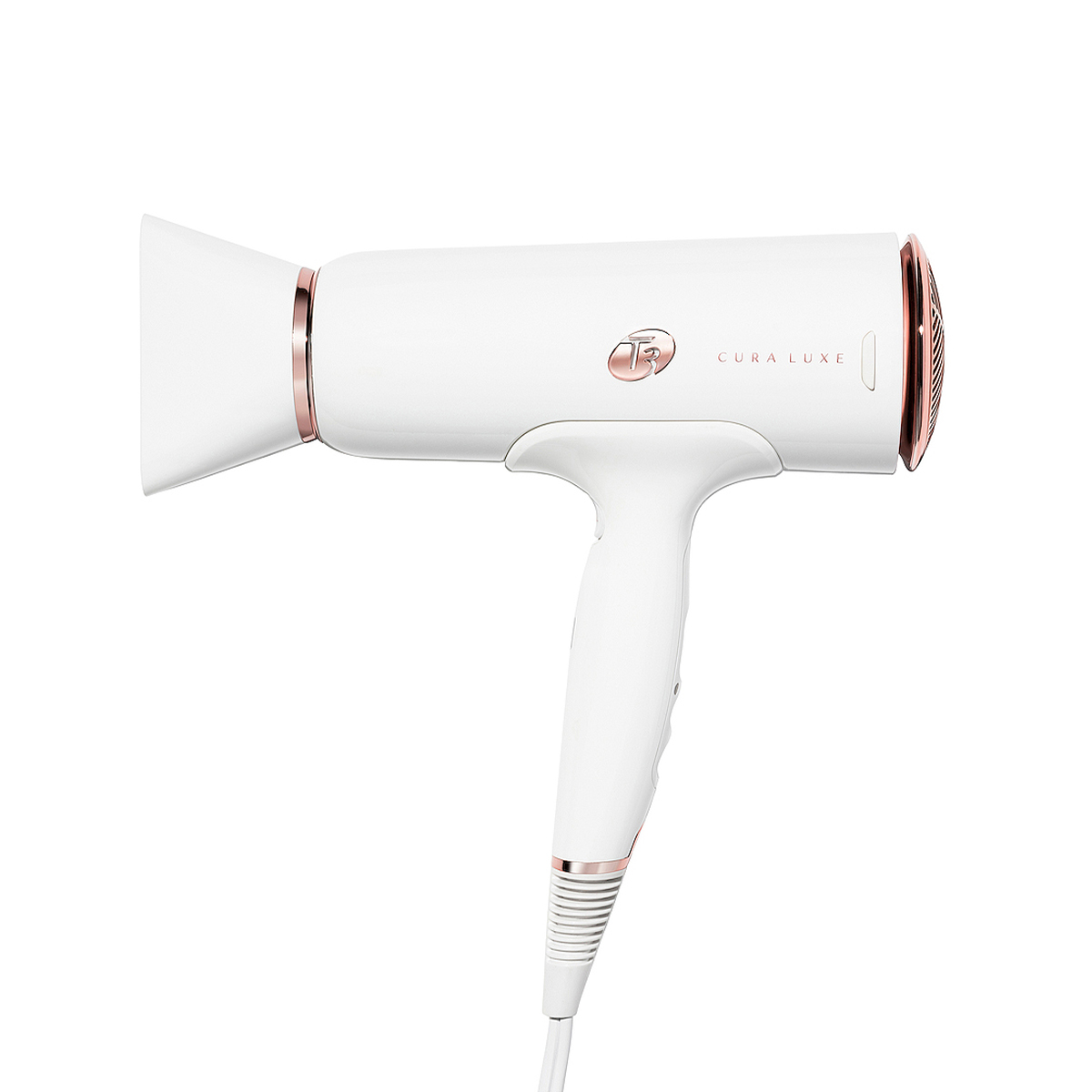
When I do blow-dry my hair, I use a high-quality dryer like this above from T3, which was created with your strands' health and integrity in mind. But most of the time, I work with hair-healthy leave-ins that encourage and enhance my natural texture—no wands or irons necessary.
Tip #5: Don't Shampoo Every Day
Not to wax poetic on the importance of not washing your hair every day, but… please don't wash your hair every day. I personally aim for about twice a week, which has been a game-changer as far as keeping my color vibrant and fresh in addition to expediting hair growth. Kaeding loves Redken's Color Extend Magnetics Shampoo ($39) and Conditioner ($39), which are sulfate-free (this is important!) and lightweight but packed with hydrating and strengthening ingredients to help your hair recover post–bleaching trauma.
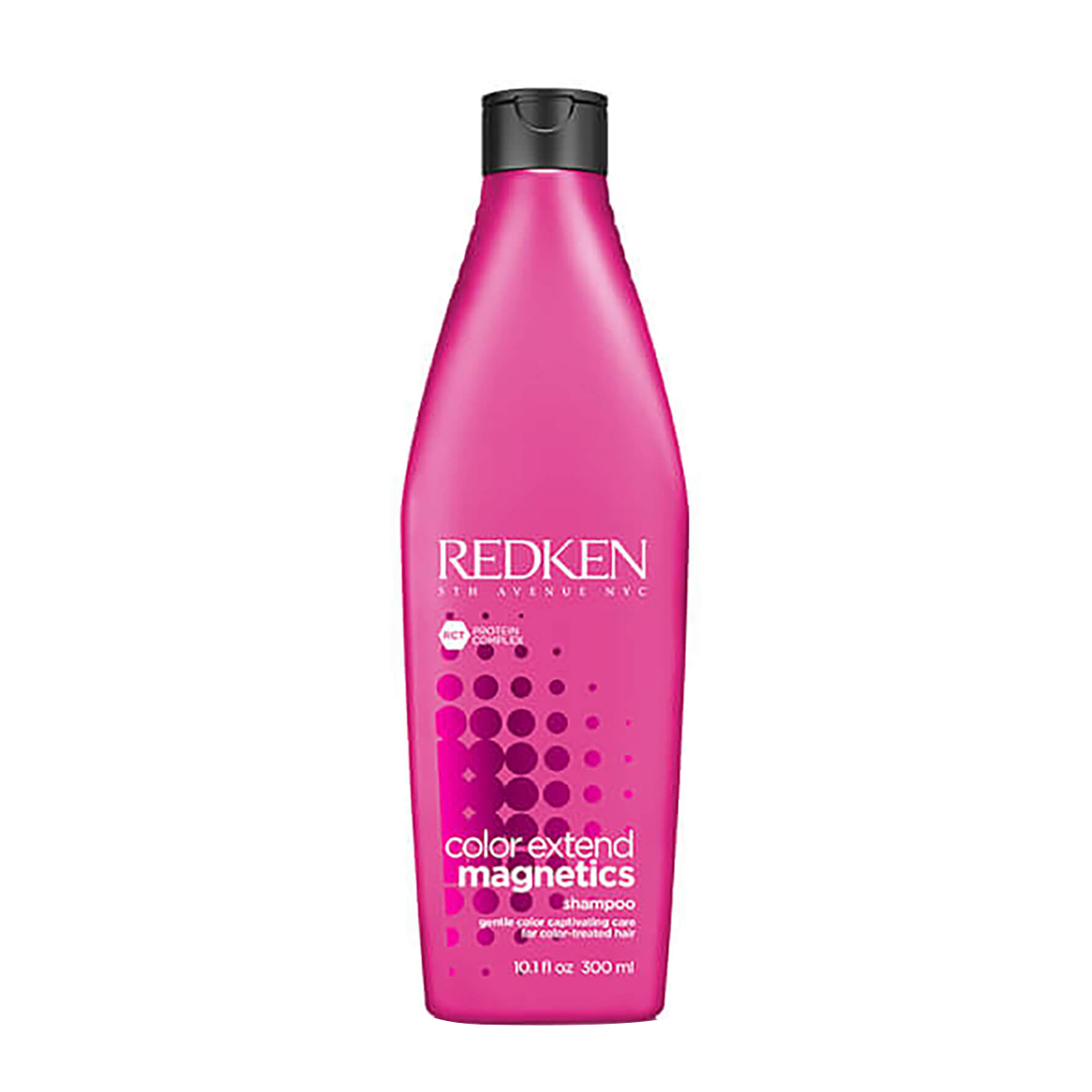
As far as purple shampoo, both Kaeding and I recommend using as-needed. I won't purple my hair until two or three weeks post-color and only every couple of weeks thereafter. In fact, I have better luck with salon-quality clarifying treatments (like the below from Malibu C), which completely nix brassiness and discoloration instead of just counteracting with a violet shampoo formula. Ask your colorist what they'd prescribe as far as purple shampoo, but you probably need it less than you (and the hair product market!) think. Right now, I'm loving Amika's formula, which was a recommendation from a fellow platinum blonde at WWW HQ. (Thanks, Dev!)
Tip #6: Prepare Your Hair (and Body!) Before Your Bleaching Appointment
Surprise, surprise, don't follow my 2013 lead by pre-gaming a bleaching process with more bleaching. Instead, in the weeks prior to the big color appointment, you should flood your system with the essential vitamins, nutrients, and hydration to encourage healthy, strong strands.
"Before a big bleach process, I like to tell clients to do a hair mask once a week, and to take hair vitamins to make sure your hair is healthy and strong," Kaeding tells me. "Keep hydrated—what you put in your body does impact the state of your skin, nails, AND hair. Drink lots of water, and eat fruits and vegetables that are high in water content."
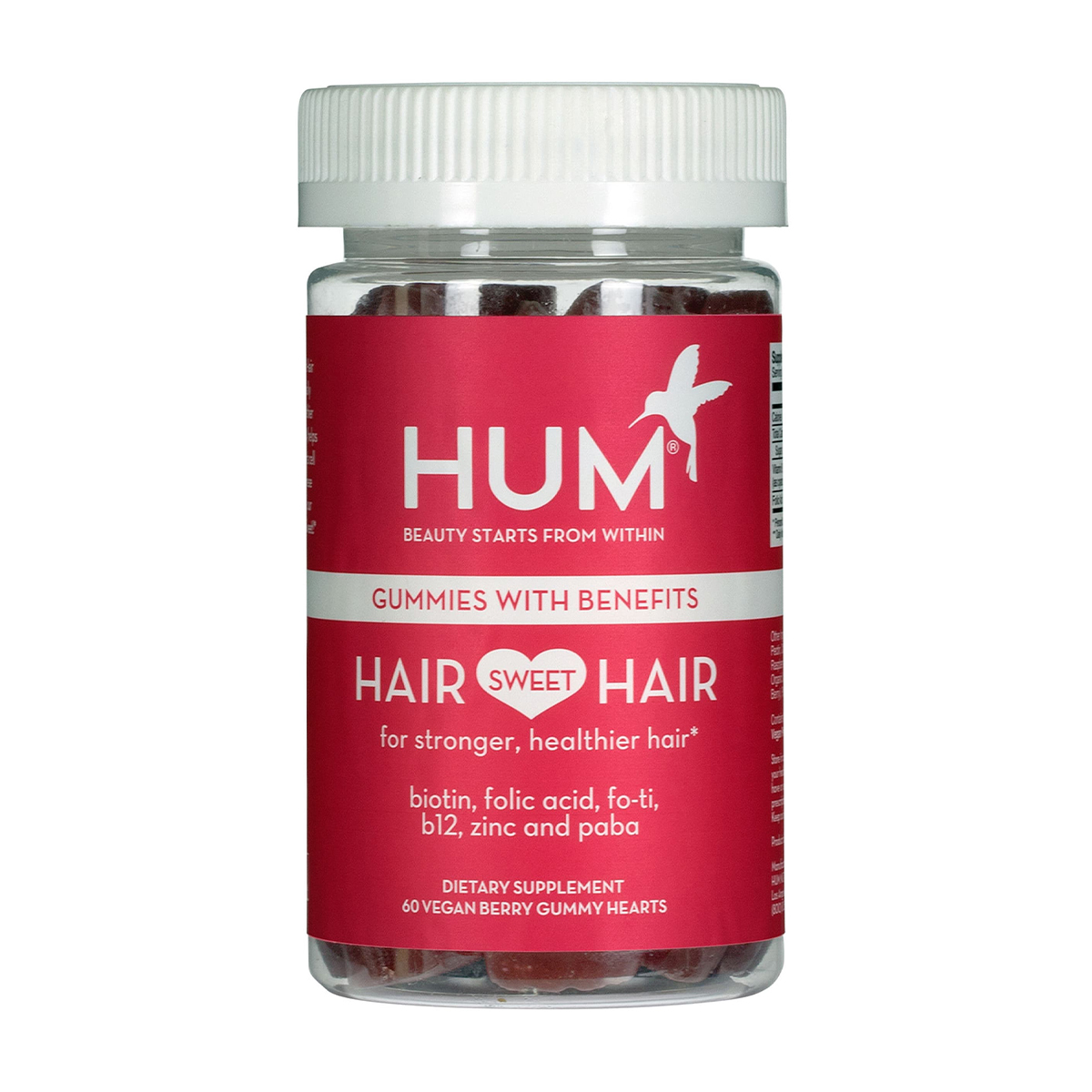
I swear by Hum's vegan hair gummies (they've truly made a difference with how fast and long my hair has grown), but Nutrafol is another favorite among both myself and other A-list hair professionals I've talked to. And yes, I'm that annoying girl that makes it a personal goal to drink at least 80 ounces of water per day. But, I do think Kaeding is right; it actually makes a difference. I also eat really clean and make sure I get ample protein from high-quality sources (legumes, salmon, etc.) plus healthy fats from nuts, seeds, avocados, and the like.
Tip #7: Bring a Wide-Tooth Comb With You Wherever You Go
I'll admit watching that colorist attempt to comb through my bleached-off hair all those years ago still gives me nightmares, and to this day, I baby the eff out of my hair. In addition to using my favorite products religiously, I also take painstaking care when it comes to detangling and brushing my hair. I strictly use a wide-tooth comb on damp hair, starting with my ends, and working my way up, and use my favorite Shine Enhancer brush from Wet Brush only when completely necessary on my dry strands. It's even gotten to the point where I bring my comb with me to any kind of hair or blowout appointment and insist the stylist use it to detangle—unpopular opinion, but it results in significantly less breakage and fallout than a Wet Brush or Tangle Teezer.
Tip #8 Make BFFs With Hair Masks—a Few of Them
Hair masks are a major part of bleached hair recovery, and I try to do one every single week (bearing in mind I only wash my hair twice a week), so basically every other wash. I rotate between Olaplex's Hair Perfector No. 3 ($28) and any of the seven formulas below depending on what my hair needs. If it feels like it's dry, I'll pick one that's more moisturizing; if I feel like it's weak and prone to snapping more than usual, I'll grab one that has more protein and is geared toward strengthening.
Kaeding is also on board with my hardcore masking habit and recommends a once-per-week cadence to her clients. She loves Redken's Color Extend Blondage Mask ($29), which also helps brighten and maintain lightened hair.
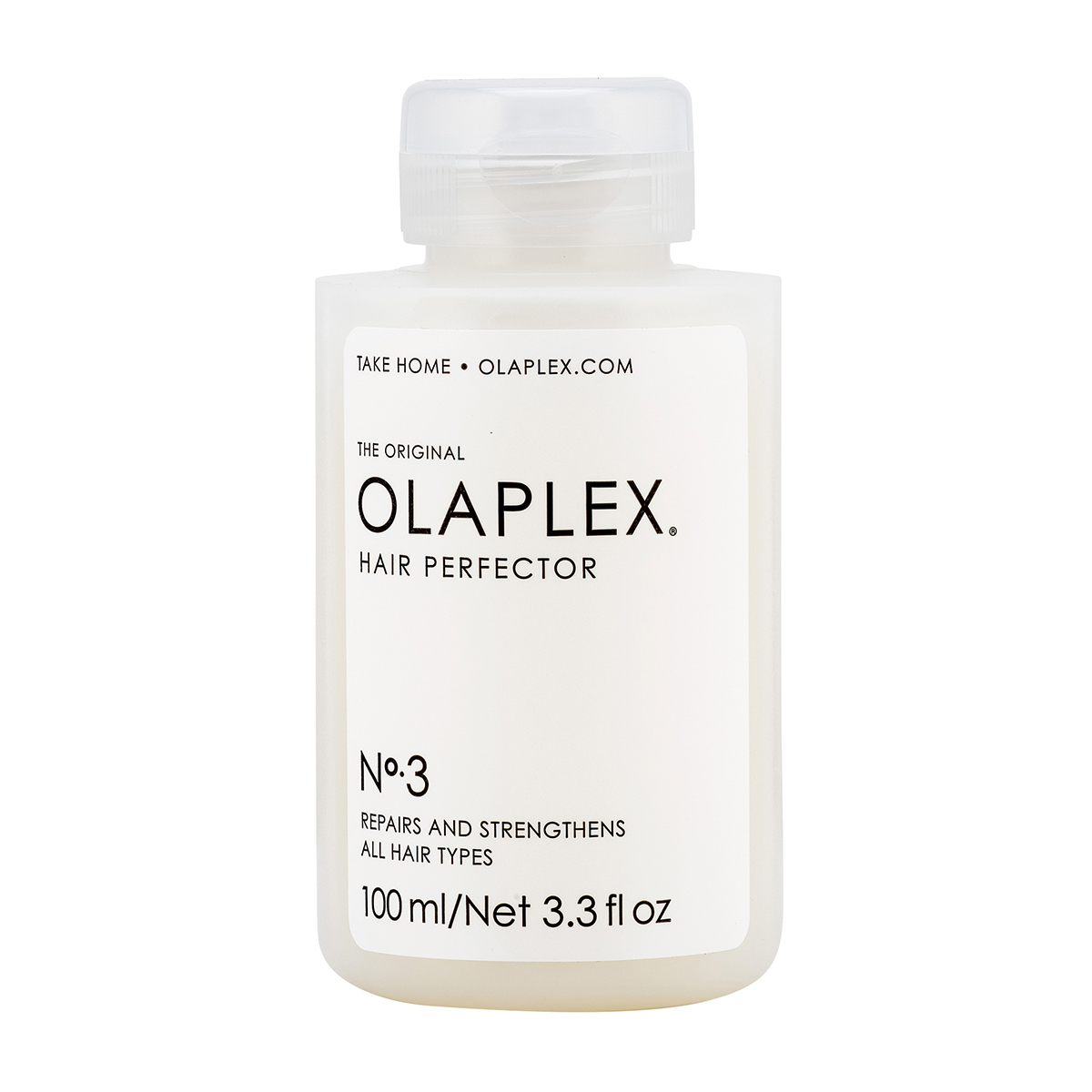
I use Olaplex every other week to keep my strands strong and less prone to breakage. It needs to go on wet hair to be effective, and I'll often wrap my hair into a bun, go to work and the gym, then rinse it out before I shampoo and condition when I get home.
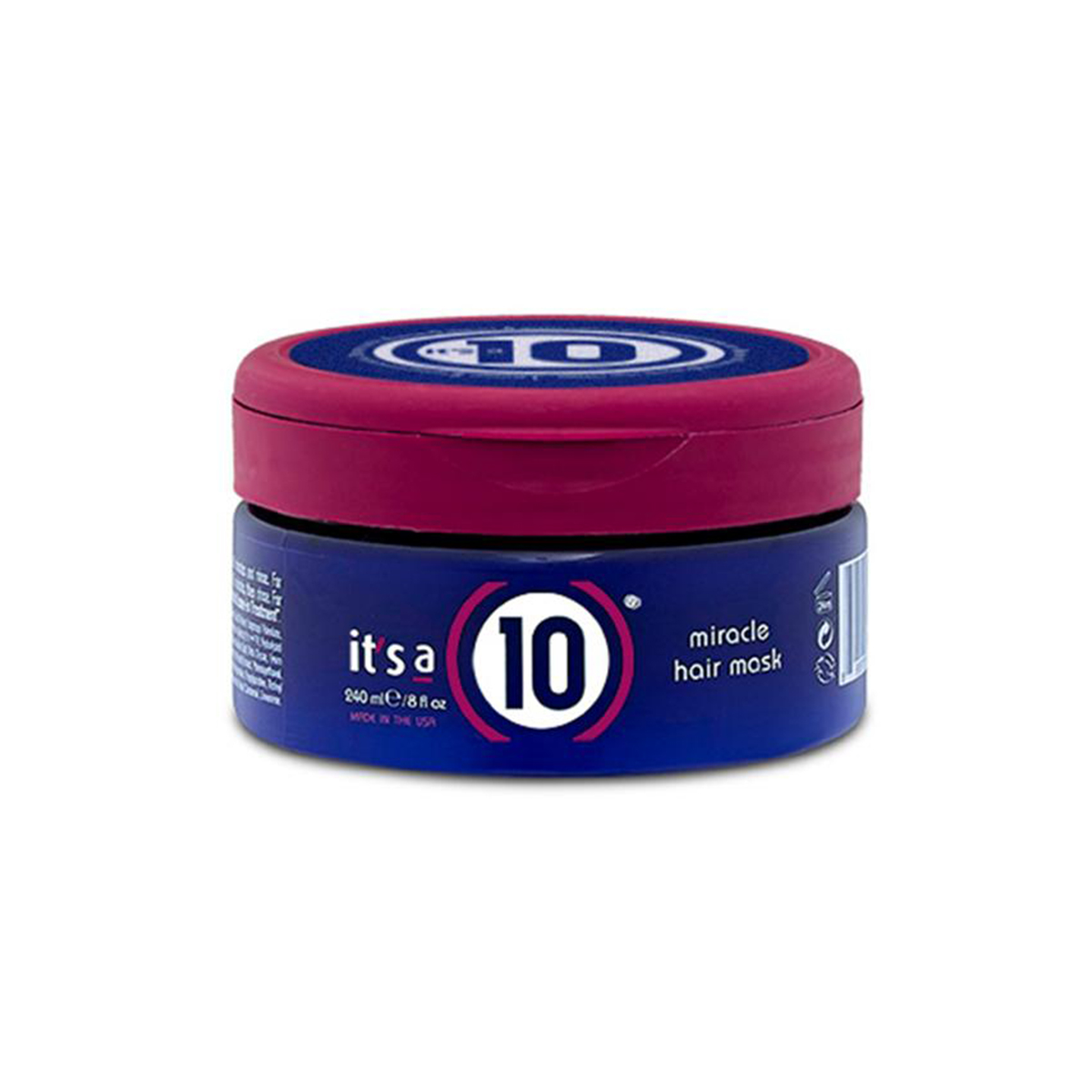
I haven't been using this mask as much recently, but I absolutely swear it has miraculous superpowers. Post-apocalypse, I practically wore it 24/7 and used it as a daily conditioner, leave-in, and mask. The name doesn't lie, and even years later, I haven't found too many formulas that can compete with it.
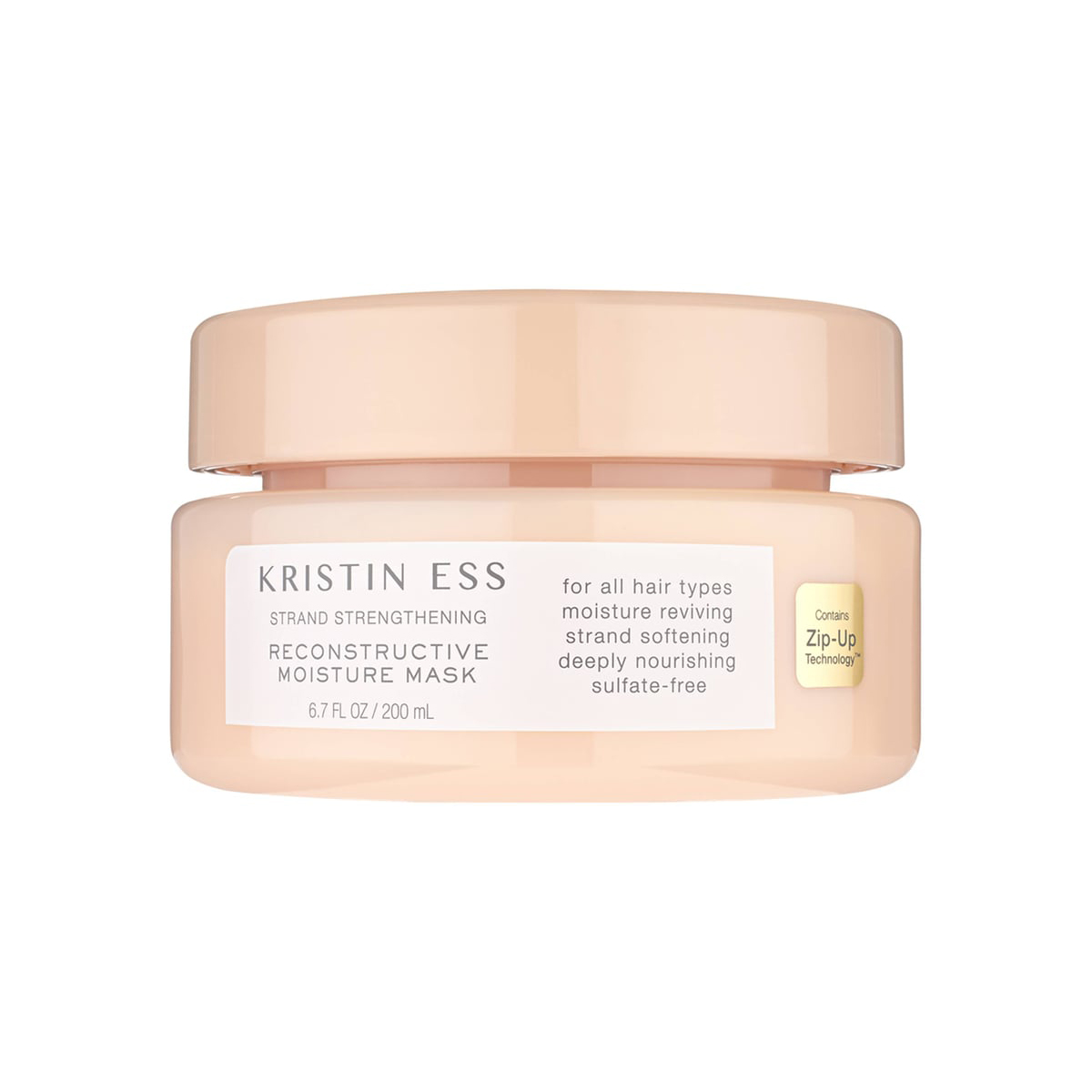
If you're looking for an affordable drugstore find that feels super luxurious and truly works wonders on damaged, bleached hair, I highly recommend this fan favorite from celebrity hairstylist Kristin Ess. It's deeply nourishing and helps build strength and stamina back into weakened strands.

This is one of the most iconic hair masks in the business and for good reason. Developed by legendary hair genius Christophe Robin himself, it's enriched with amazing luxe ingredients like prickly pear seed oil and inula flower extract to flood parched strands with moisture and repair any lingering damage that's compromising your growth goals.
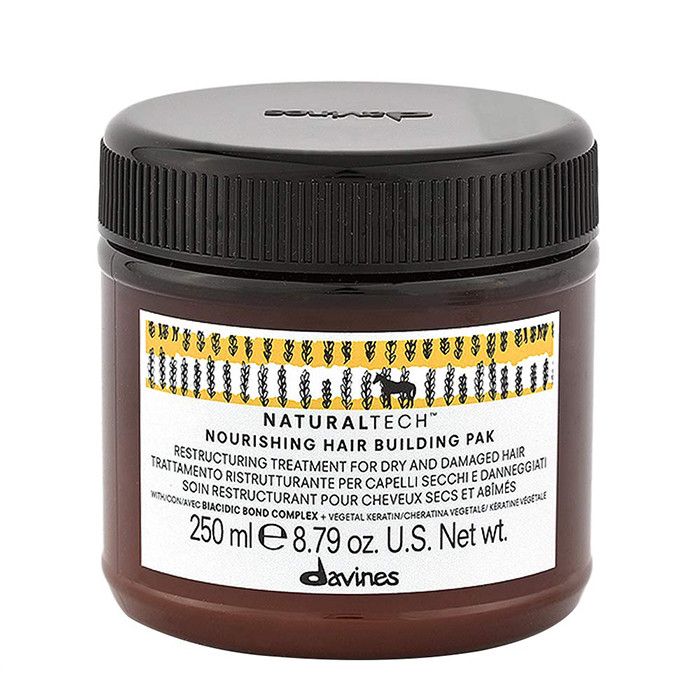
I've turned so many fellow blondes onto this protein-rich mask from Davines. It's so dreamy, and, I swear, legitimately glues broken strands back together again. That said, it IS potent, so make sure you don't let it marinate longer than the recommended 10 to 30 minutes, and don't use it more than every few weeks or so. I usually apply it monthly in lieu of conditioner for 15 minutes. Does the trick!
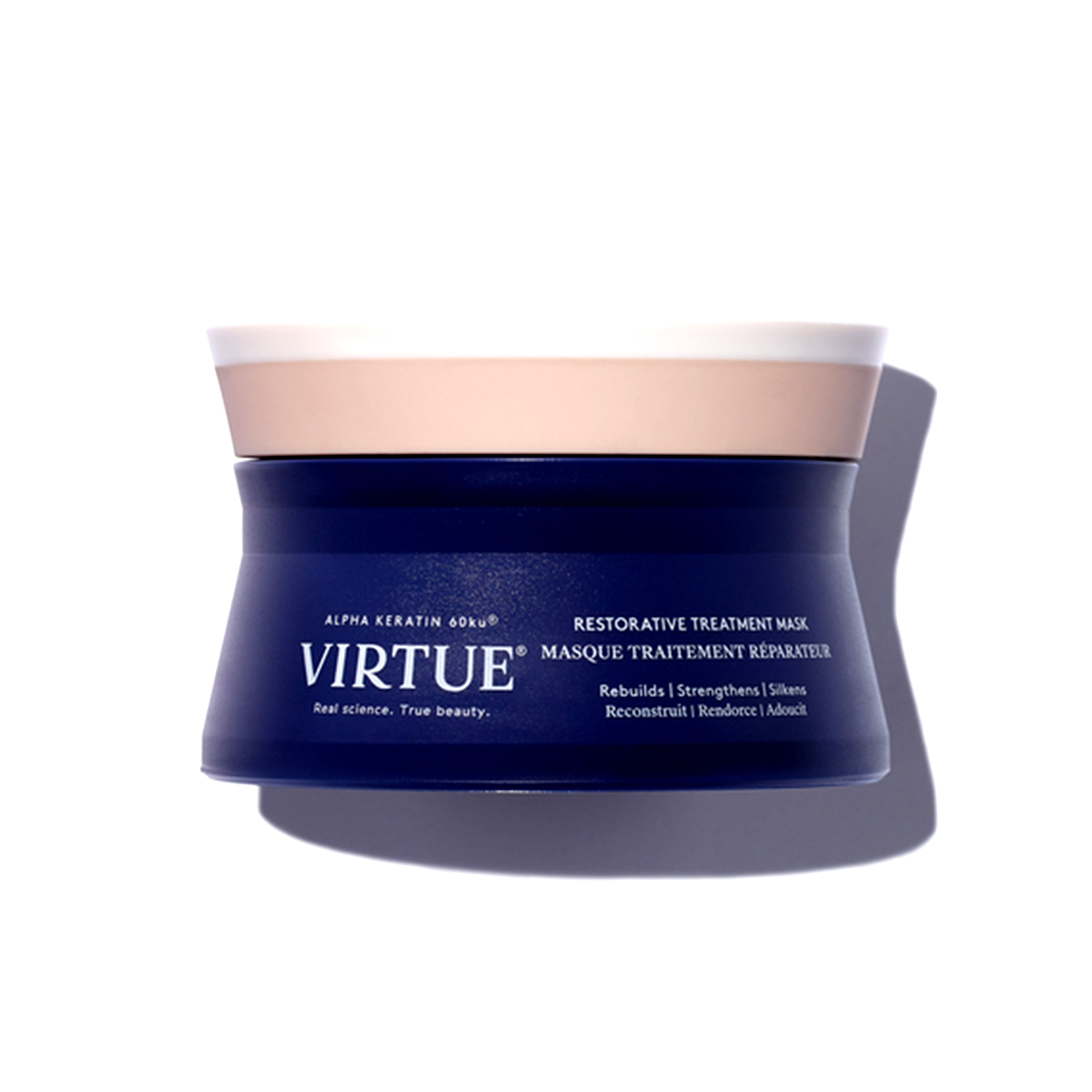
This was a recent Violet Grey find (along with my beloved Christophe Robin pick) that I've been really into lately and which has had a very positive impact on the softness and strength of my hair. It smells amazing (not a bad perk!) and utilizes the brand's signature Alpha Keratin 60ku complex to revive hair with shine, mega-hydration, and durability for more gloss and less snapping.
Tip #9: Invest in a Microfiber Hair Turban and Silk Pillowcase—Like, Now
How you choose to wrap and handle your hair when it's damp might seem innocent enough, but if you're pulling and yanking too aggressively or using the wrong materials, it can bear serious consequences.
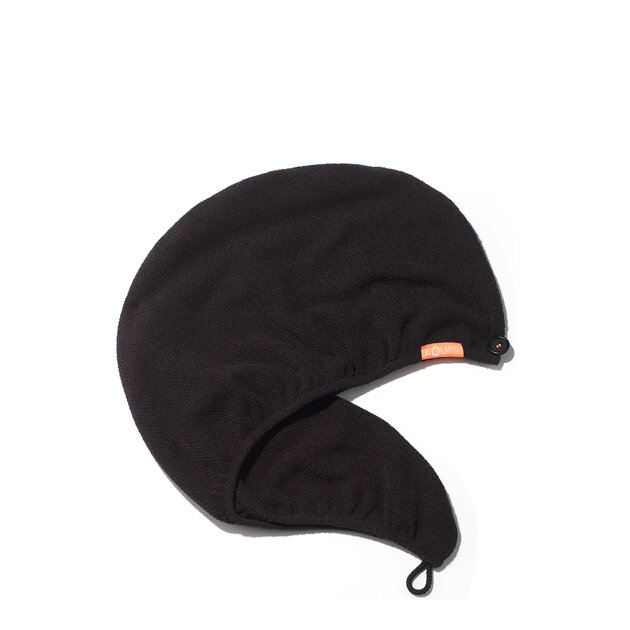
Instead of wrapping my hair with a heavy, frizz-promoting towel, I now only ever use these Microfiber Hair Turbans from Aquis. They're beloved within the beauty industry and promote faster drying time, more shine, longer-lasting color, and less breakage. Plus, they're lightweight and won't break your neck.
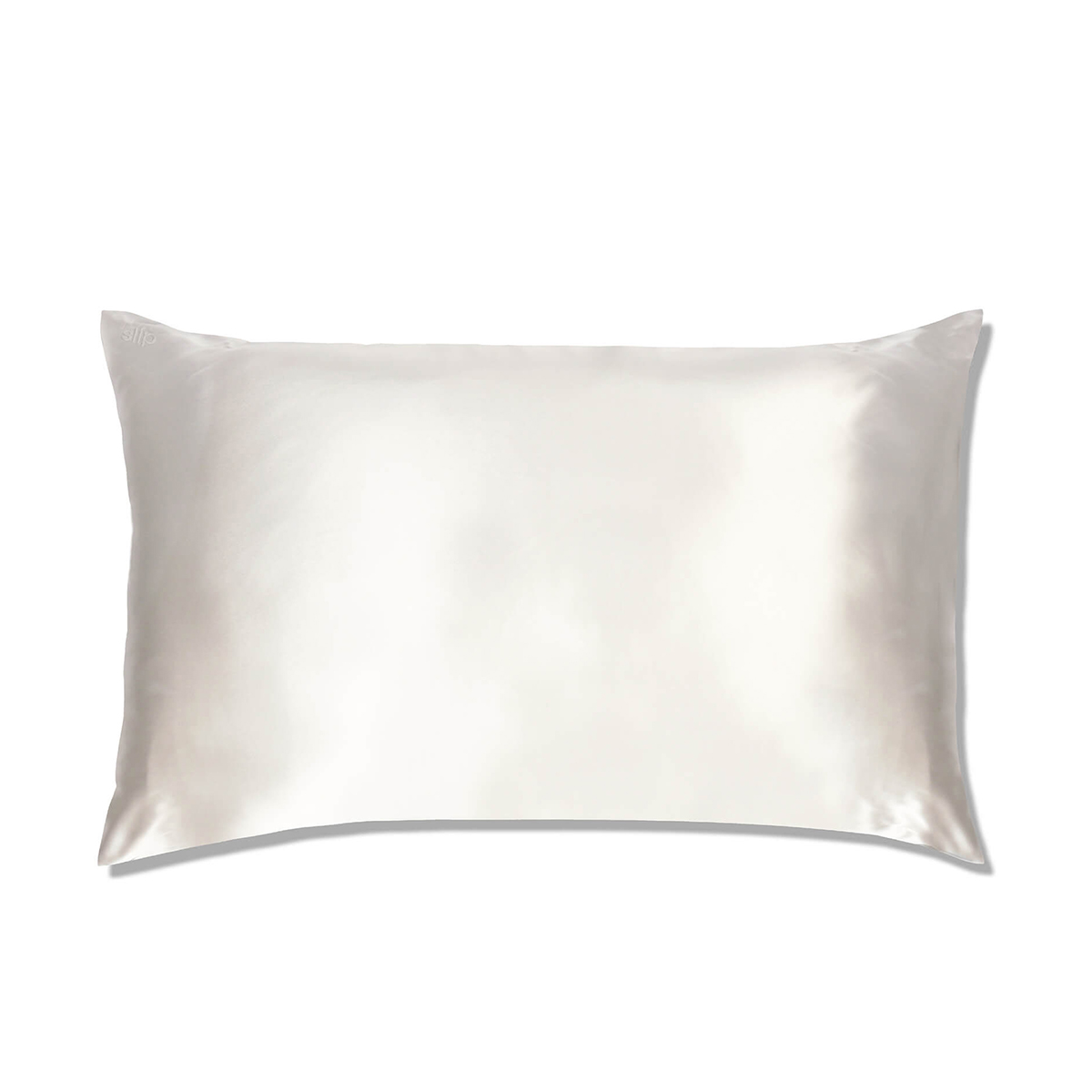
Folks, silk pillowcases are a game-changer, and I notice a significant difference with the breakage around my hairline if I'm without one (i.e. when I'm traveling or sleeping at a friend's or S.O.'s.) I recommend getting a few of these for a multitude of reasons: They do wonders for keeping hair smooth, and they prolong your style so you don't have to wash as often.
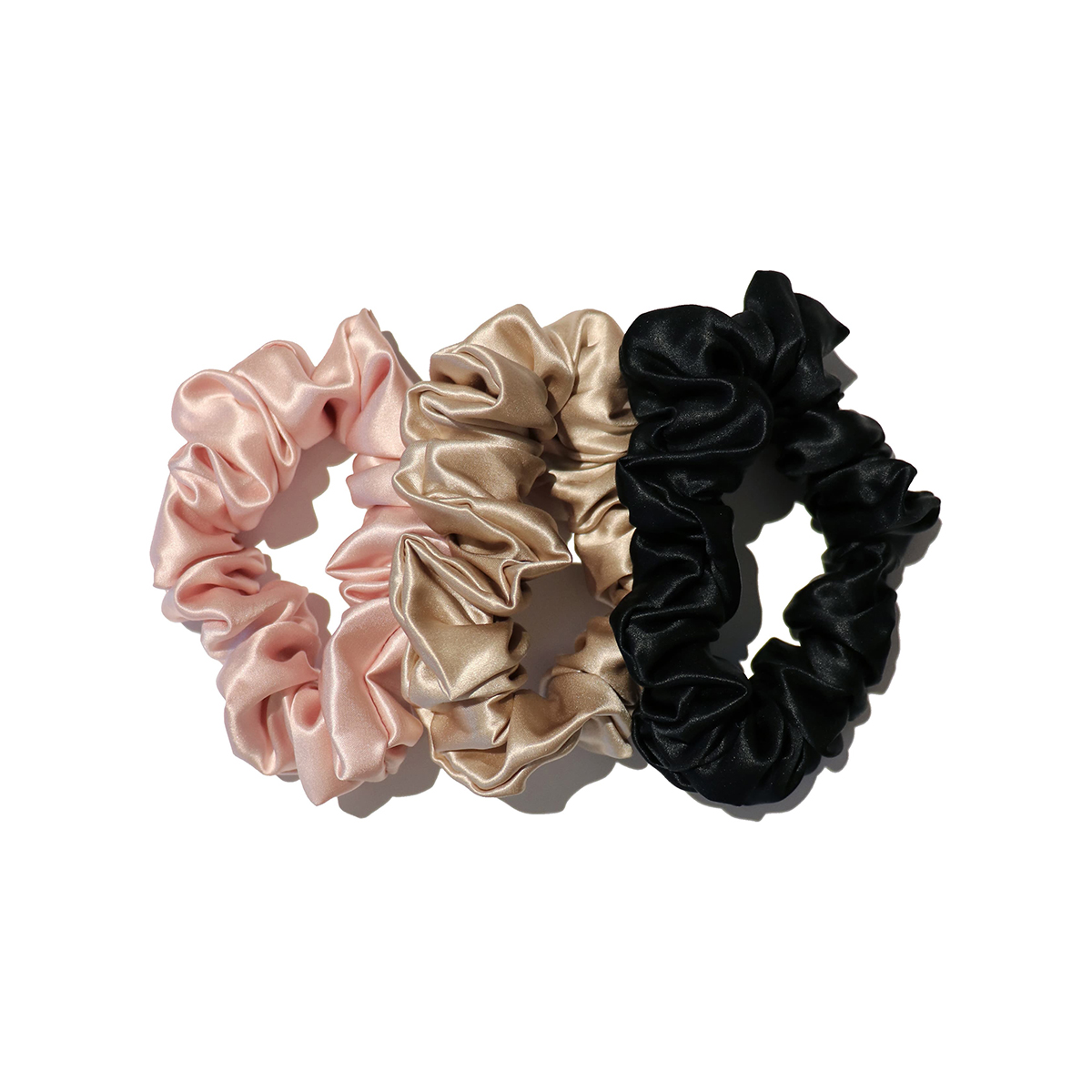
In the same vein, I swear by these big fluffy silk scrunchies. I pull my hair into a ponytail at the very tip-top of my head before tucking my ends through into a big floppy bun. I might look like Michelle Tanner, but I have less breakage and more shine than I did before starting the ritual.
Tip #10: Don't Forget the Extras
Aside from shampoo, conditioner, masks, and my beloved air-dry spray, pretty much the only products I ever use in my hair are heat protecting and detangling leave-in conditioners, serums, and clear oils. After I unwrap my hair from the turban, I'll smooth a nickel-size amount of hair oil (always clear if you're blonde!) into the entire length of my hair, and then I'll spritz through with my leave-in. If I feel like my hair needs even more TLC, I might use another specialized serum or cream, but it's just as needed, and again, just depending on what my hair is feeling and looking like. My favorites are below!
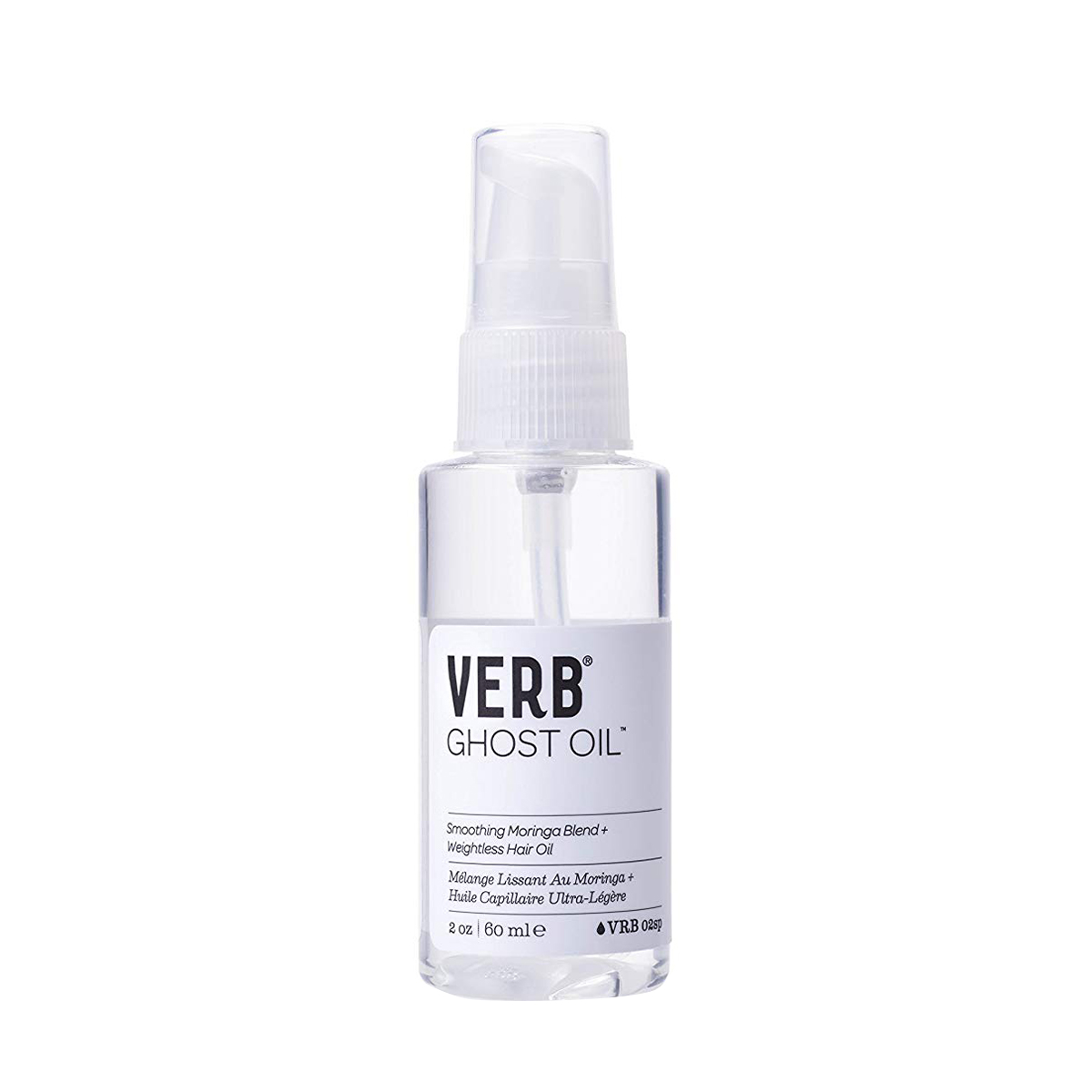
I've used this lightweight clear oil from Verb for YEARS. I'm obsessed, and it's one of the first products I always recommend to anyone who has hair but especially for blondes.
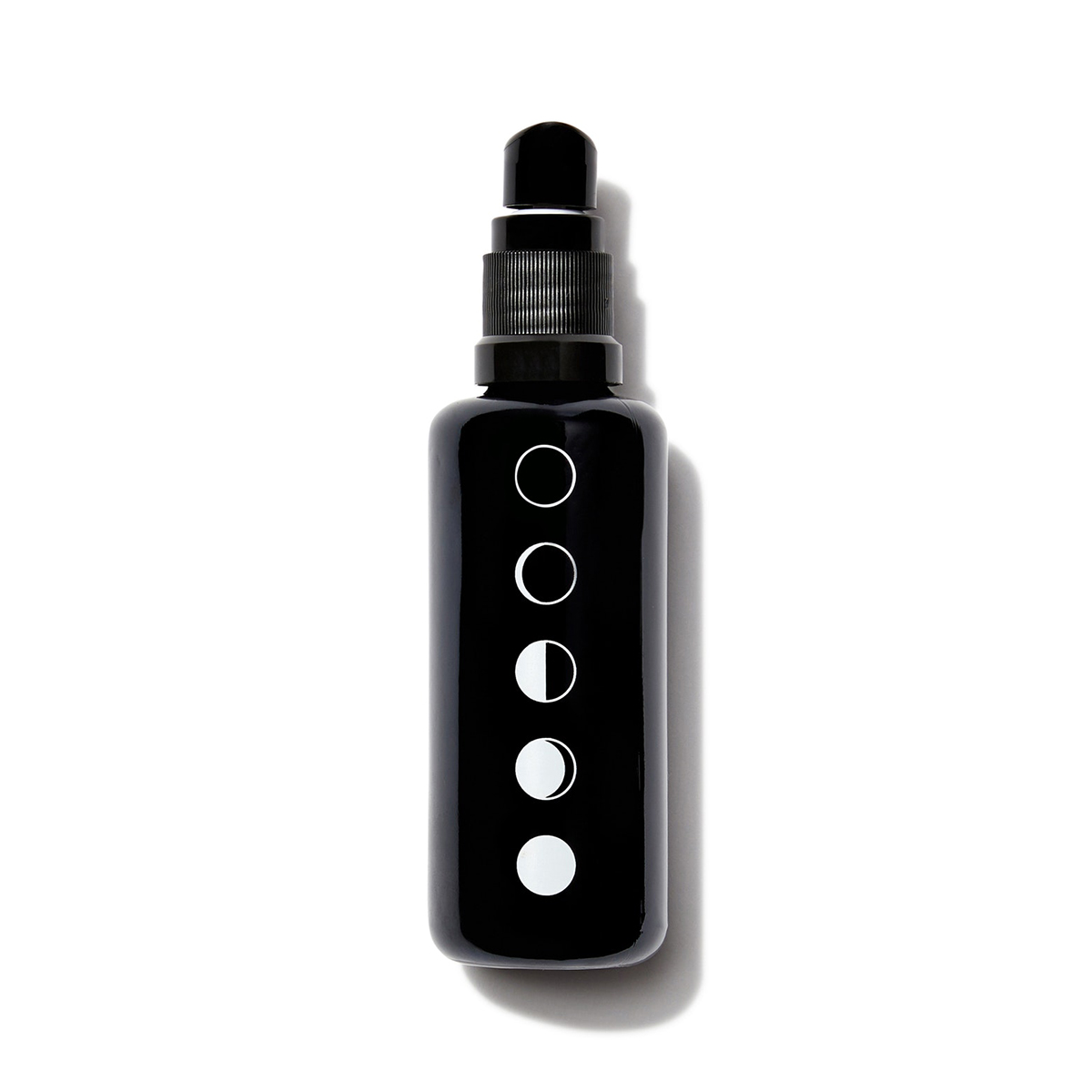
This majestic marula oil–spiked elixir from Reverie is another all-time favorite. It's not greasy or heavy like so many oils out there and features exotic, nourishing, and color-protecting benefactors like crambe abyssinica seed oil for hydration and elasticity along with a dose of squalane for heat and color protection.
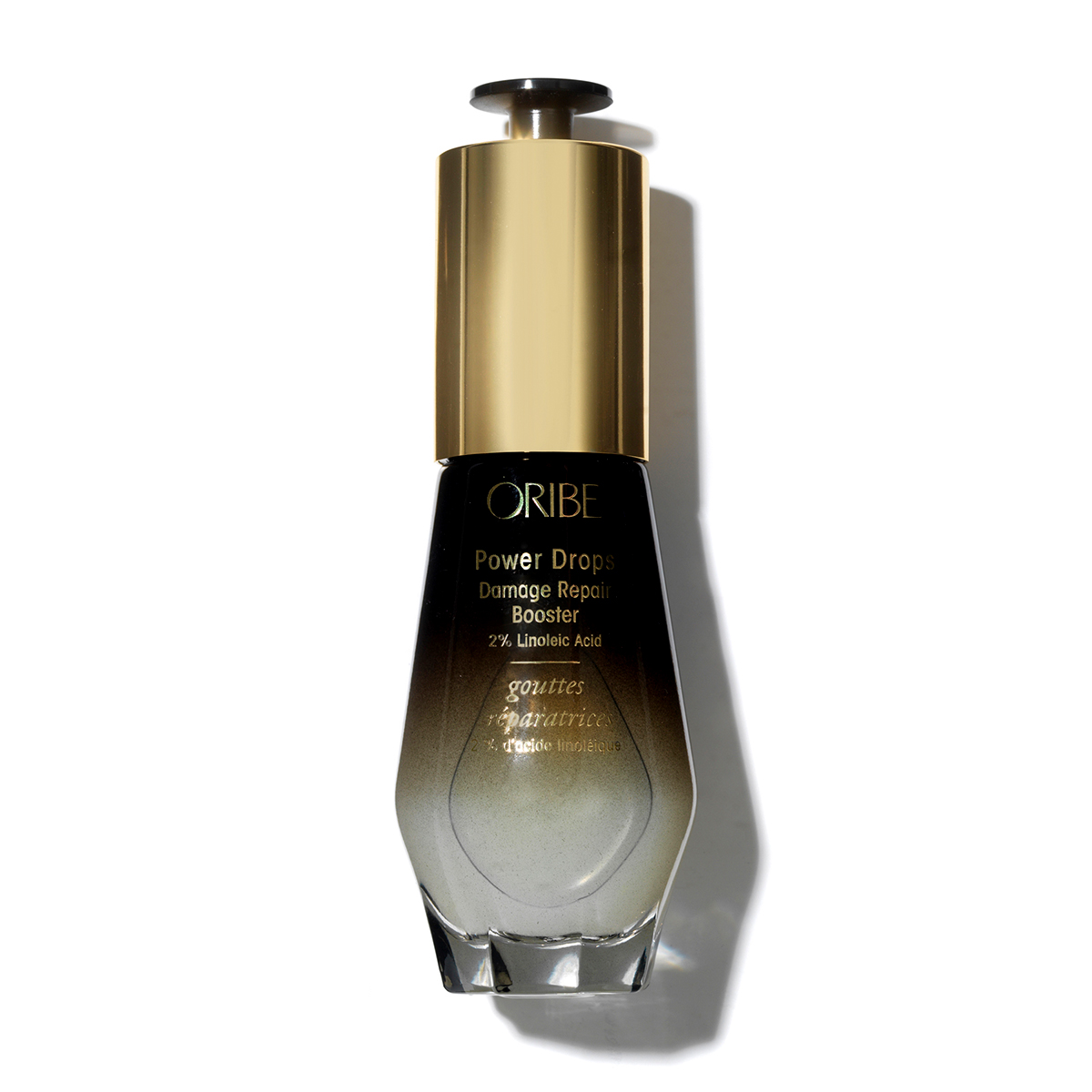
I'm obsessed with these drops from Oribe even though I don't use them every time I wash or style my hair. The customizability factor is genius (just add a few drops to whatever styling product you fancy), and they're chock-full of the essential nutrients parched just-bleached hair is starved for. (Think vitamins, linoleic acid, biotin, and sea kelp extract.)
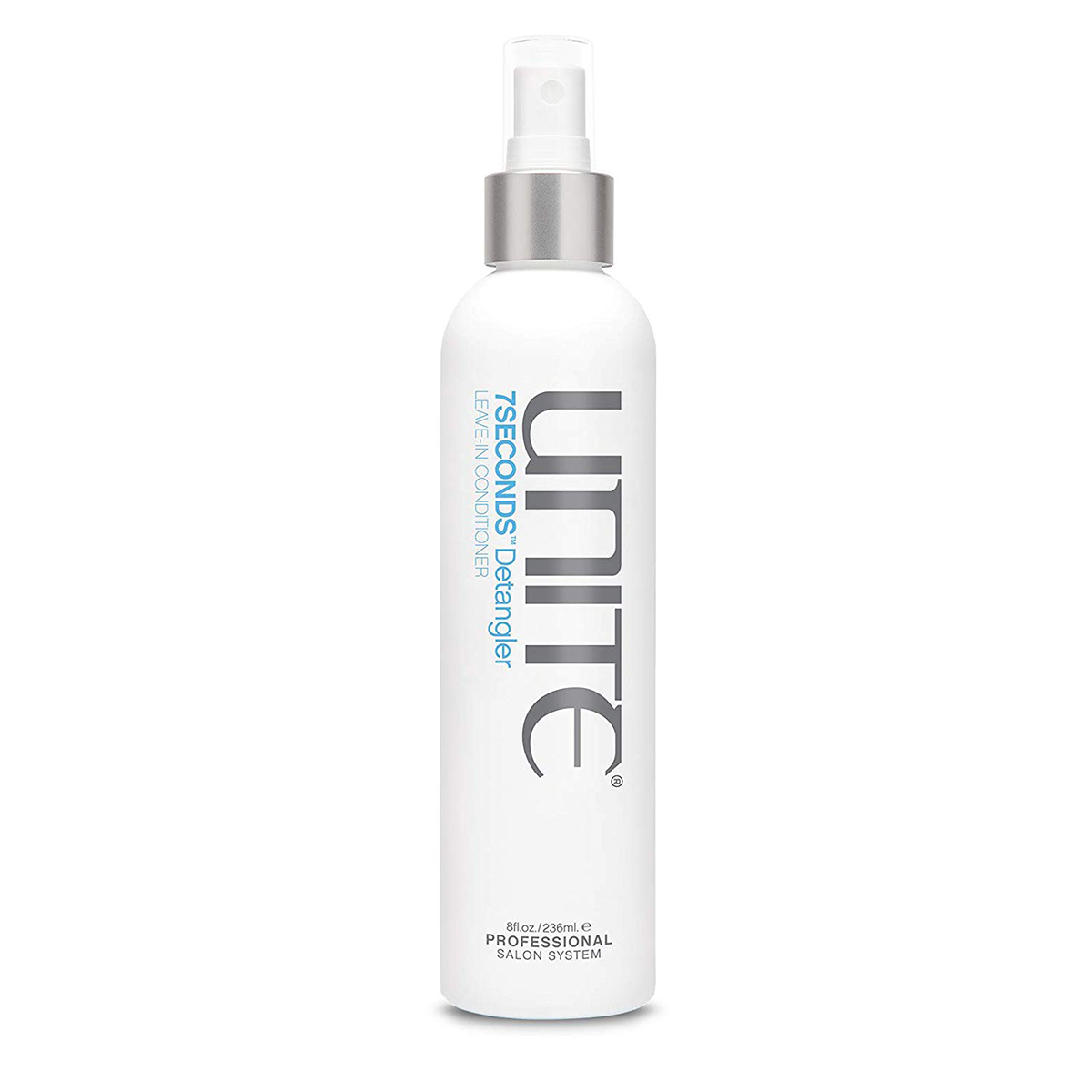
This is my be-all and end-all leave-in conditioner. I've tried SO many, but I come back to this one again and again since my initial bleaching disaster. It smells amazing, boasts heat protection, detangling prowess, and a ton of other benefits. It's also so lightweight and moisturizing that it's almost impossible to OD—even if you get a little carried away with spritzing. It turns straw strands into velvet.
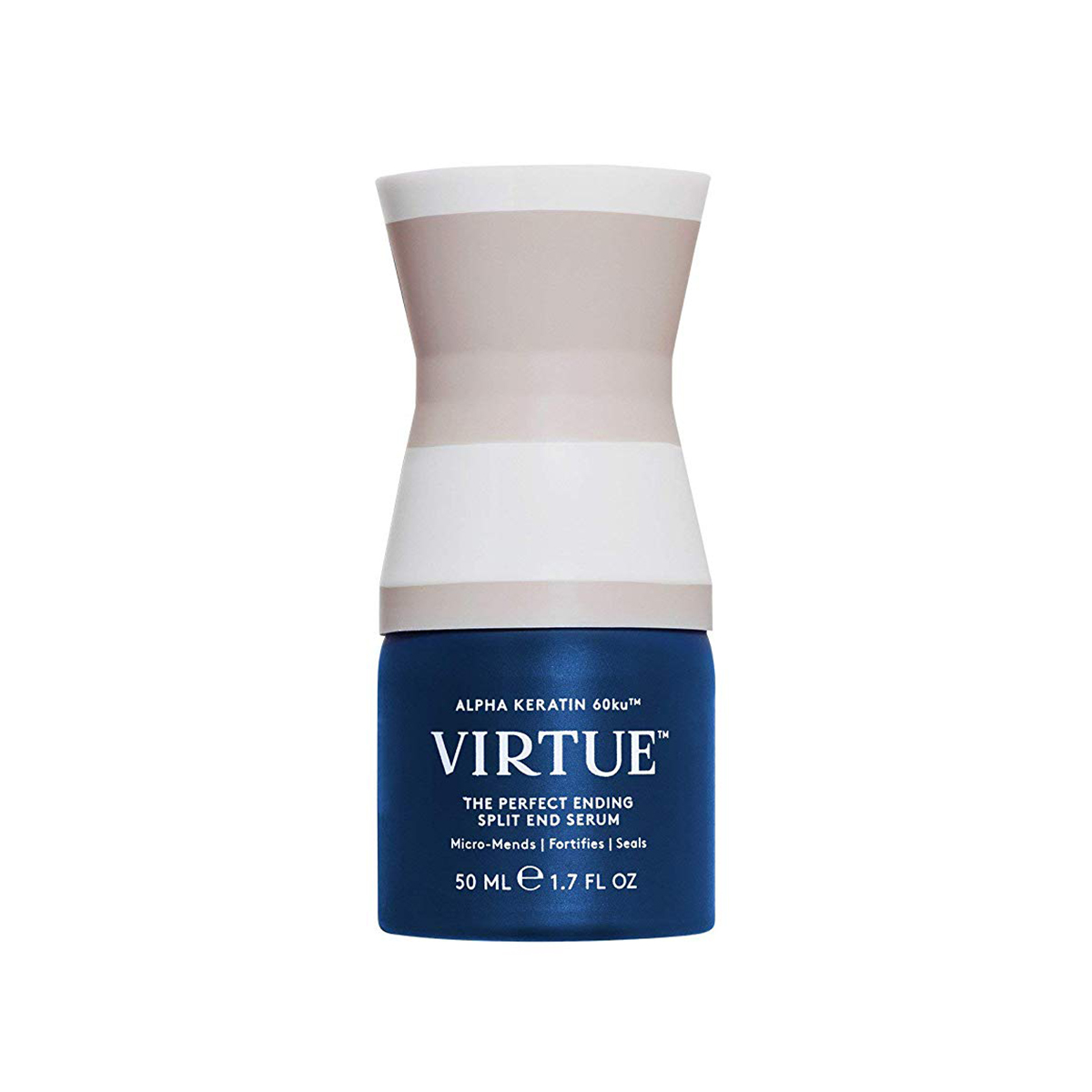
Last but not least, don't forget your ends. I use this as needed in either damp or dry hair. Pea protein, hydrolized quinoa, and baobab seed oil work together to aid in heat protection, color enhancement, hydration, shine, and the sealing of decrepit split ends.
Up next: These 5 Colors Look Incredible on Blondes
This article was originally published at an earlier date and has been updated.
Erin has been writing a mix of beauty and wellness content for Who What Wear for over five years. Prior to that, she spent two and half years writing for Byrdie. She now calls Santa Monica home but grew up in Minnetonka, Minnesota, and studied writing, rhetoric, and communication at University of Wisconsin, La Crosse. She studied abroad in Galway, Ireland, and spent a summer in L.A. interning with the Byrdie and Who What Wear family. After graduating from UW, she spent one year in San Francisco, where she worked as a writer for Pottery Barn Kids and PBteen before moving down to L.A. to begin her career as a beauty editor.
